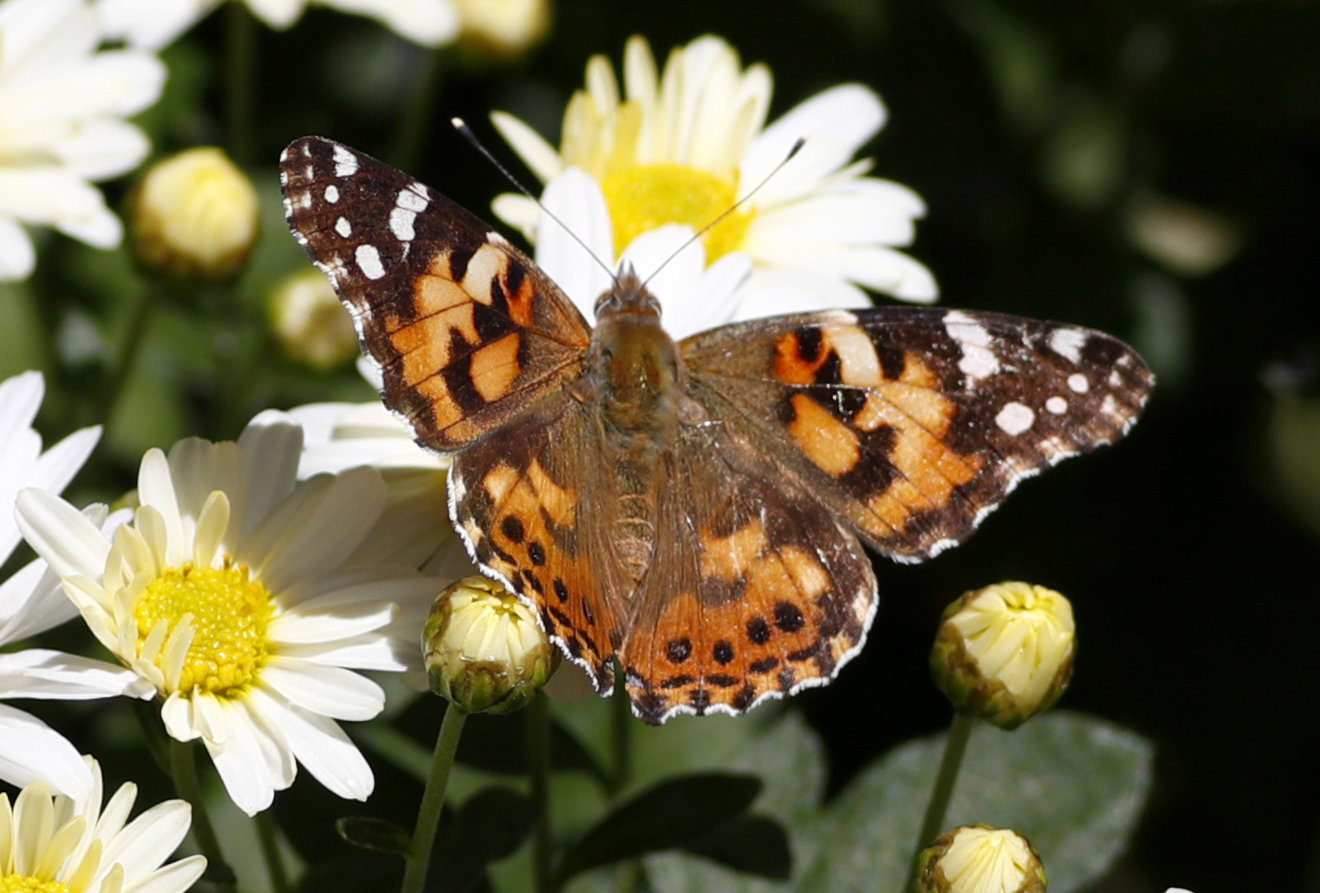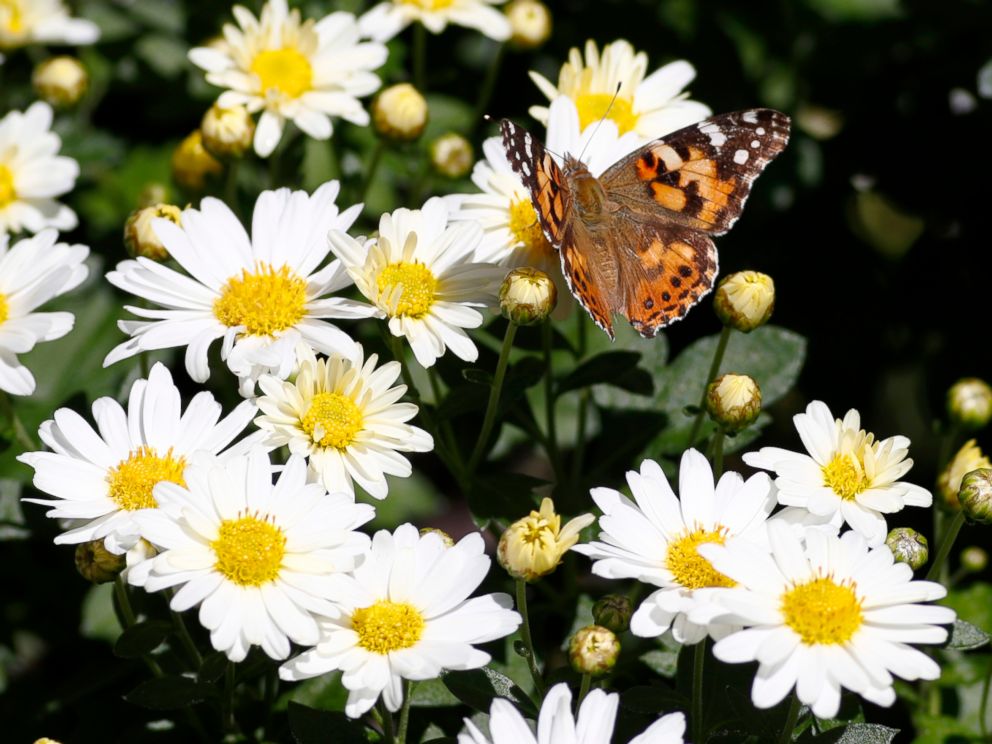Massive butterfly migration seen on radar
The painted ladies were passing through Colorado on their annual journey south.
— -- On their radar, National Weather Service meteorologists in Boulder could see it coming.
They just weren’t sure what “it” was. The mysterious red and purple blobs began appearing on radar screens, stretching at least 100 miles across the Denver area.
“The radar started to light up right after sunrise and that whole mass just started to move over Denver, all flying in the same direction, kind of floating with the light winds that day,” Paul Schlatter, a meteorologist with the National Weather Service in Boulder, told ABC News.
Thinking it might be migrating birds, the weather service tweeted out a radar animation of what they were seeing, asking bird experts for advice.
But people on social media were seeing something else: Butterflies.
Turns out they were right.
“It needed to be a lot of butterflies in the area for sure to generate that much of a signal. Especially across that broad an area,” Schlatter said.
Schlatter said that while NWS meteorologists are used to seeing birds on their radar, butterflies and insects are relatively rare.

The orange-and-black butterflies, which are known as painted ladies, were passing through Colorado on their annual migration south before the winter months.
Schlatter said the flock of butterflies appeared to be at least 100 miles wide, noting that radar may not have picked up the entire mass migration because its signal eventually drops off due to the curvature of the earth.

Lepidopterist Sarah Garrett with the Butterfly Pavilion in Westminster, Colorado, says there are two competing explanations for the population boom.
The butterflies are either in the process of migrating from colder climates in the north to places like Arizona, New Mexico, and northern Mexico, she says. Or, she says they might just be moving from higher mountain elevations down into the Denver area.
“In either case, what they’re doing is following their food source,” Garrett tells ABC.
The butterflies also got a boost this past spring. Warm temperatures arrived early in the season, and lots of rainfall helped feed the flowery plants butterflies seek.
“More plants mean more caterpillars,” Garrett said. “So they got a head start. They started reproducing much earlier than normal.”
Garrett says she’s seen radar images capturing butterflies before, but never before in Denver.
“To me this is super-cool, but to see other people get excited about it is really what makes it for me,” she said.



